
Is Latitude Associated with Chronotype?
Daniel Vartanian
University of São Paulo
2025-02-03
Hi there! 👋
This presentation will provide an overview of the thesis objectives, main concepts, methods, and results. Together, we’ll uncover how environment factors can influence the chronotype.
Here are the main topics:
- Introduction
- Methods
- Results
- Discussion
- Conclusion

Introduction
Question
This thesis focuses on the expression of sleep and circadian phenotypes (chronotypes), seeking to provide an answer to the following question related to human populations:
Is latitude associated with chronotype?
Chronotype
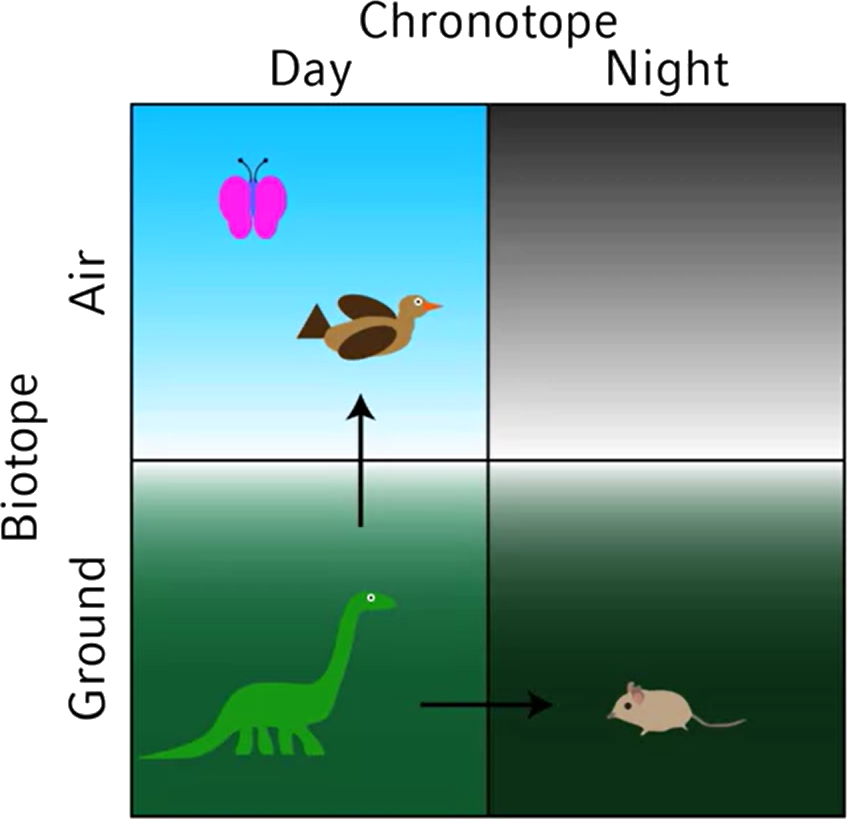
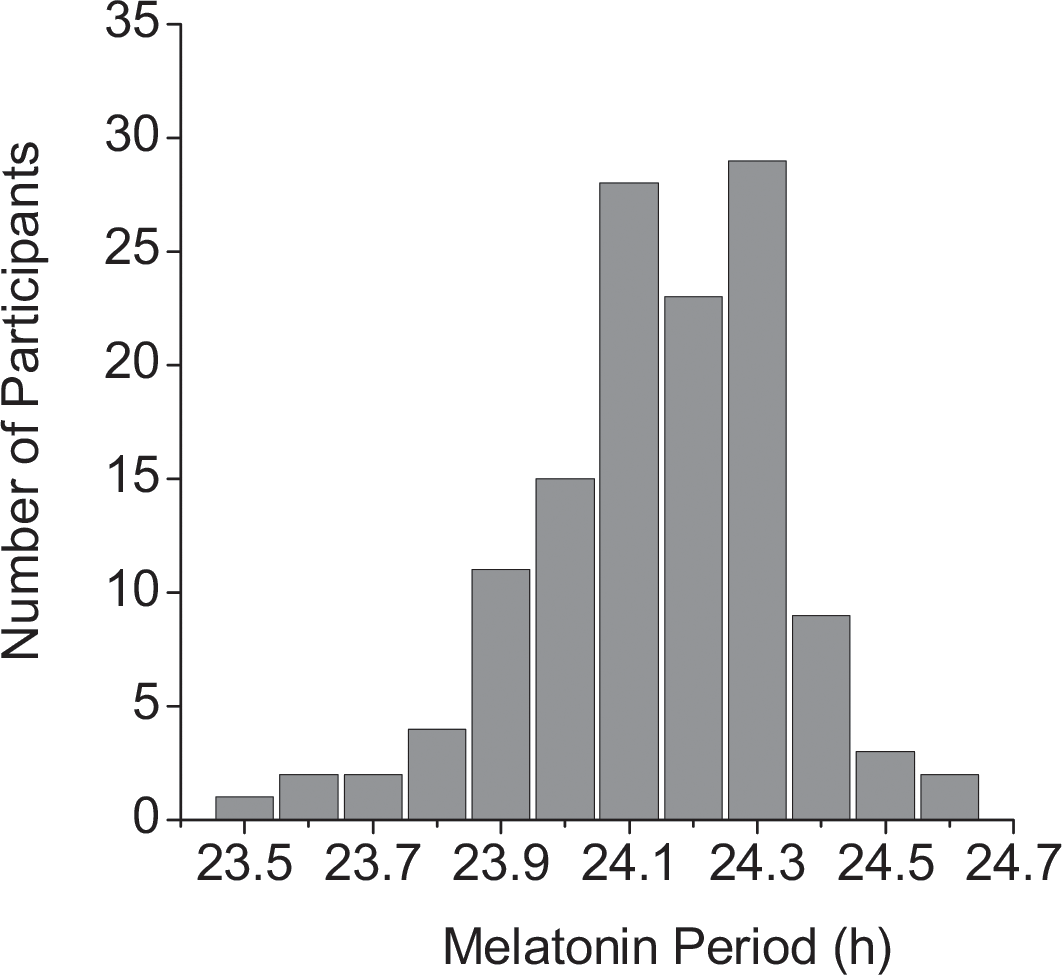
(Reproduced from Merrow & Roenneberg (2020) (Left) and Duffy et al. (2011, Figure 1) (Right))
Entrainment
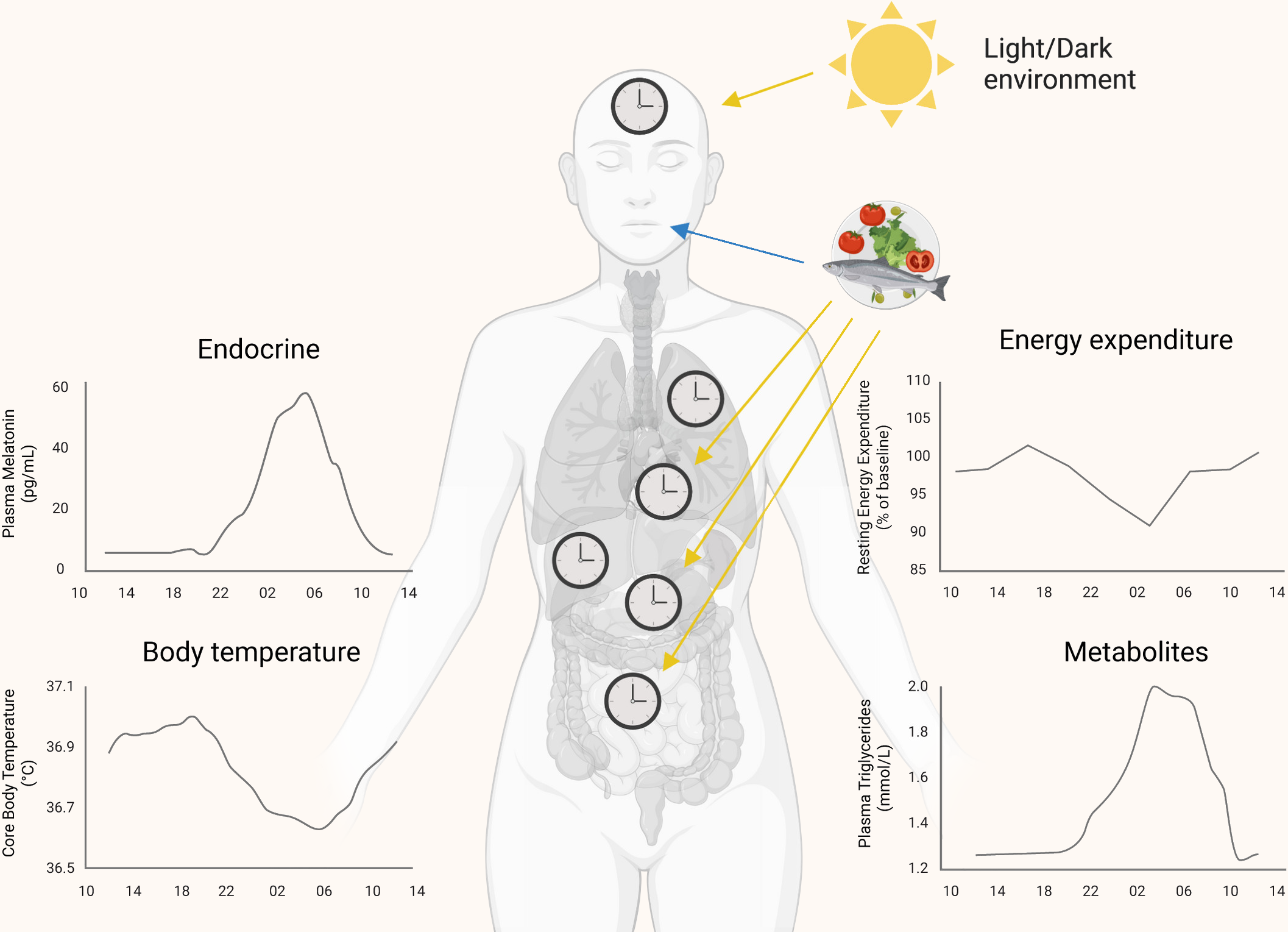
(Reproduced from Flanagan et al. (2021, Figure 2))
The Latitude Hypothesis
(Adapted by the author from Roenneberg et al. (2003, Figure 7F))
Leocadio-Miguel et al.
Sample: \(12,884\) Brazilian participants.
Method: HO Questionnaire (Horne & Östberg, 1976).
\(\Delta \ \text{Adjusted} \ \text{R}^{2} = 0.388\%\) (Cohen’s \(f^2 = 0.00414\)).
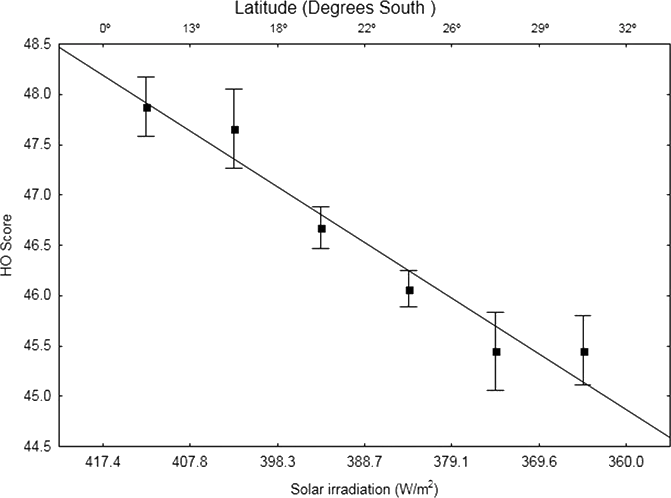
(Reproduced from Leocadio-Miguel et al. (2017, Figure 2) (Left), with a rescaled version created by the author (Right))
Methods
MCTQ

(Created by the author)
The Two Process of Sleep Reg.
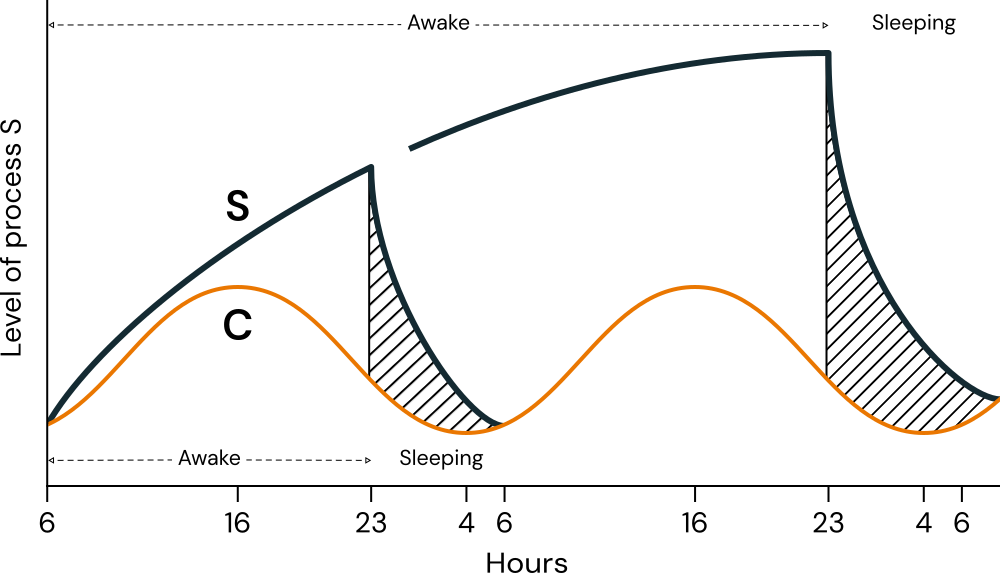
(Adapted by the author from Borbély (1982, Figure 4))
Sample

(Reproduced from Rede Globo (2017))
Sample
The dataset used for analysis is made up of \(65,824\) Brazilian individuals aged 18 or older, residing in the UTC-3 timezone, who completed the survey between October 15th and 21st, 2017.

(Created by the author)
Hypothesis Test
The study tested whether latitude significantly improves model fit when predicting chronotype with nested models.
A restricted model (excluding latitude) with a full model (including latitude) was compared.
To ensure practical significance, a Minimum Effect Size (MES) criterion was applied, following the original Neyman-Pearson framework for hypothesis testing (Neyman & Pearson, 1928a, 1928b; Perezgonzalez, 2015).
The MES was set at Cohen’s threshold for small effects (\(f^2 = 0.02\), equivalent to \(\text{R}^2 = 0.01961\)) (Cohen, 1988, p. 413). Thus, latitude was considered meaningful only if its inclusion accounted for at least \(1.96078\%\) of the variance in chronotype.
To balance the sample, a weighting procedure was applied to the data. The weights were calculated by cell weighting, using the sex, age group and Brazil’s state as reference.
Hypothesis Test
The hypothesis can be outlined as follows:
- Null hypothesis (\(\text{H}_{0}\))
- Including latitude as a predictor does not result in a meaningful improvement in the model’s fit, as evidenced by a change in the adjusted \(\text{R}^{2}\) that is less than the Minimum Effect Size (MES).
- Alternative Hypothesis (\(\text{H}_{a}\))
- Including latitude as a predictor results in a meaningful improvement in the model’s fit, as evidenced by a change in the adjusted \(\text{R}^{2}\) that meets or exceeds the Minimum Effect Size (MES).
\[ \begin{cases} \text{H}_{0}: \Delta \ \text{Adjusted} \ \text{R}^{2} < \text{MES} \\ \text{H}_{a}: \Delta \ \text{Adjusted} \ \text{R}^{2} \geq \text{MES} \end{cases} \]
Results
Chronotype Distribution

(Created by the author based on a data visualization from Roenneberg et al. (2019, Figure 1))
Hypothesis Test
Restricted Model
(Based on Leocadio-Miguel et al. (2017))
- Predictors (\(4\)):
Age, Sex, Longitude, and the Average Monthly Global Horizontal Irradiance (GHI) at the time of questionnaire completion. - \(\text{R}^2_{\text{adj}} = 0.08517\)
- \(\text{F}(4, 65818) = 1531.829\)
- \(p\text{-value} < 1e-05\)
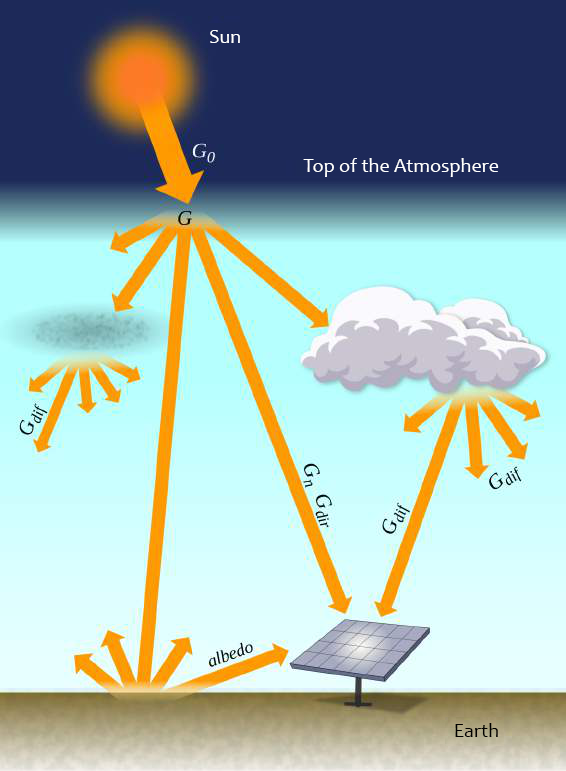
(Adapted by the author from Pereira et al. (2017))
Hypothesis Test
Full Model A
(Based on Leocadio-Miguel et al. (2017))
- Predictors (\(8\)):
[restricted predictors] + Average Annual Global Horizontal Irradiance (GHI), Daylight Duration for the Nearest March Equinox, June and December solstices. - \(\text{R}^2_{\text{adj}} = 0.08803\)
- \(\text{F}(8, 65814) = 794.119\)
- \(p\text{-value} < 1e-05\)
Full Model B
- Predictors (\(5\)):
[restricted predictors] + Latitude. - \(\text{R}^2_{\text{adj}} = 0.08568\)
- \(\text{F}(5, 65817) = 1233.601\)
- \(p\text{-value} < 1e-05\)
Hypothesis Test
All coefficients were statistically different from zero (\(p\text{-value} < 0.05\)). Assumption checking and residual diagnostics primarily relied on visual inspection, as formal assumption tests (e.g., Anderson-Darling) are often not recommended for large samples (Shatz, 2024). All validity assumptions were met, and no serious multicollinearity was found among the predictor variables.
An ANOVA for nested models revealed a significant reduction in the residual sum of squares in both tests (A, \(\text{F}(4, 65814) = 51.691\), \(p\text{-value} < 1e-05\)) (B, \(\text{F}(1, 65817) = 37.312\), \(p\text{-value} < 1e-05\)).
However, similarly to Leocadio-Miguel et al. (2017), when estimating Cohen’s \(f^2\) effect size (\(f^2 = 0.00414\)), the results were below the MES (i.e., negligible) (A, \(f^2 = 0.00314, 95\% \ \text{CI}[0, 0.0122]\)) (B, \(f^2 = 0.00057, 95\% \ \text{CI}[0, 0.00954]\)).
Discussion
Chronotype versus Latitude

(Created by the author)
Chronotype Geo. Distribution

(Created by the author. The color scale is bounded by the first and third quartiles.)
Chronotype Geo. Distribution

(Created by the author)
The \(p\)-value Problem
Large samples and sensitivity.
Is a difference of \(0.00001\) valid?
Statistical ritual versus Statistical thinking.
Confirmation bias.
Comparison of a 95% of confidence level (\(\alpha = 0.05\)) and an n-dependent \(p\)-value curve. The parameter \(n_{\alpha}\) represents the minimum sample size to detect statistically significant differences among compared groups. The parameter \(n_{\gamma}\) represents the convergence point of the \(p\)-value curve. When the \(p\)-value curve expresses practical differences, the area under the red curve (\(A_{p(n)}\)) is smaller than the area under the constant function \(\alpha = 0.05\) (\(A_{\alpha = 0.05}\)) when it is evaluated between \(0\) and \(n_{\gamma}\).
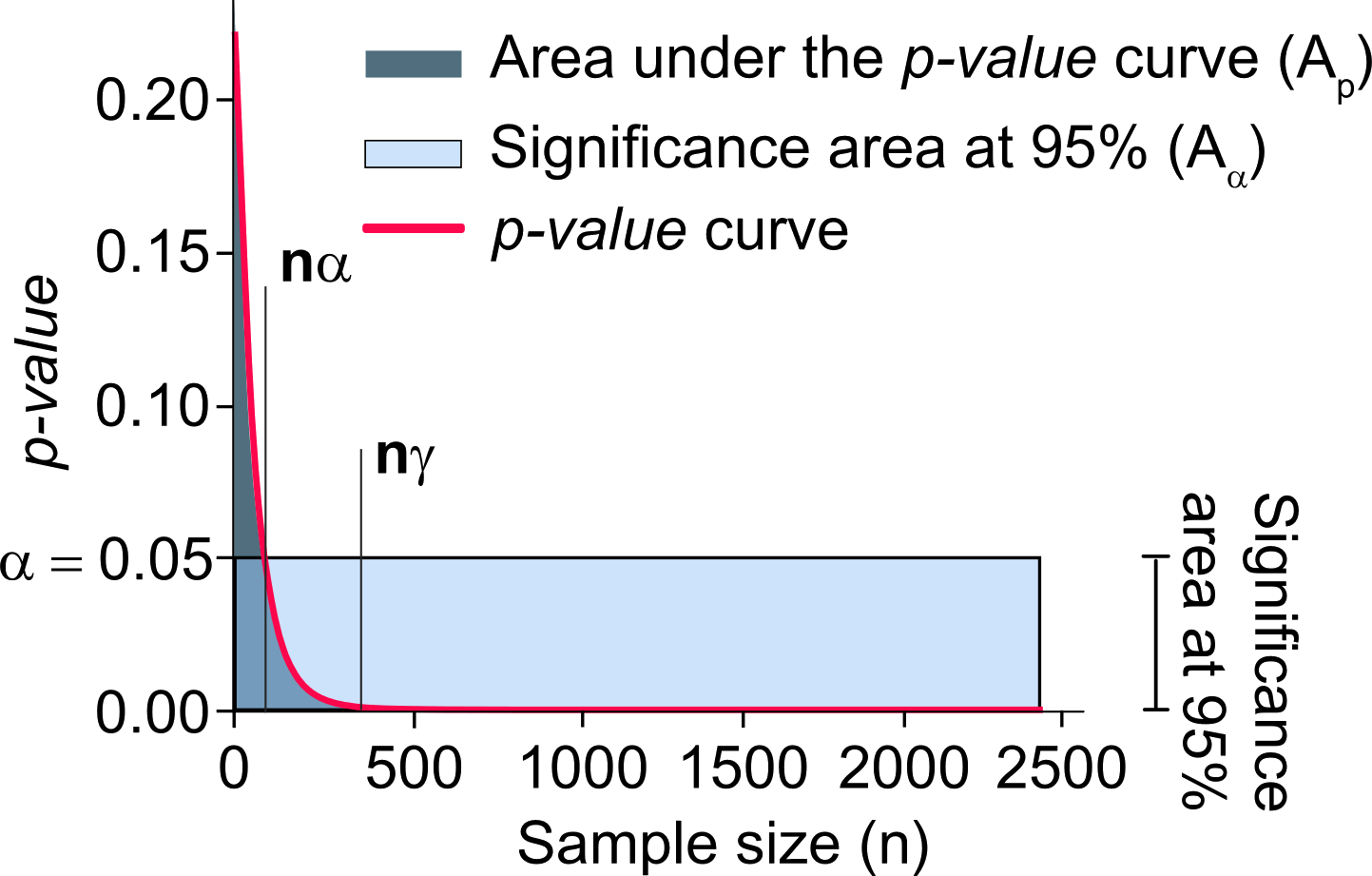
(Chart reproduced from Gómez-de-Mariscal et al. (2021, Figure 3))
The \(p\)-value Problem
SMALL EFFECT SIZE: \(f^2 = .02\). Translated into \(\text{R}^{2}\) or partial \(\text{R}^{2}\) for Case 1, this gives \(.02 / (1 + .02) = .0196\). We thus define a small effect as one that accounts for 2% of the \(\text{Y}\) variance (in contrast with 1% for \(r\)), and translate to an \(\text{R} = \sqrt{0196} = .14\) (compared to .10 for \(r\)). This is a modest enough amount, just barely escaping triviality and (alas!) all too frequently in practice represents the true order of magnitude of the effect being tested. (p. 413)
[…] in many circumstances, all that is intended by “proving” the null hypothesis is that the ES [Effect Size] is not necessarily zero but small enough to be negligible […]. (p. 461)
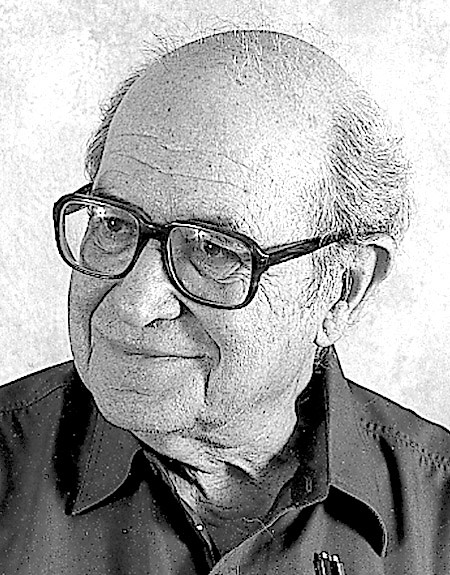
(Quotes reproduced from Cohen (1988). Photo by an unknown author.)
Nonrealistic Models
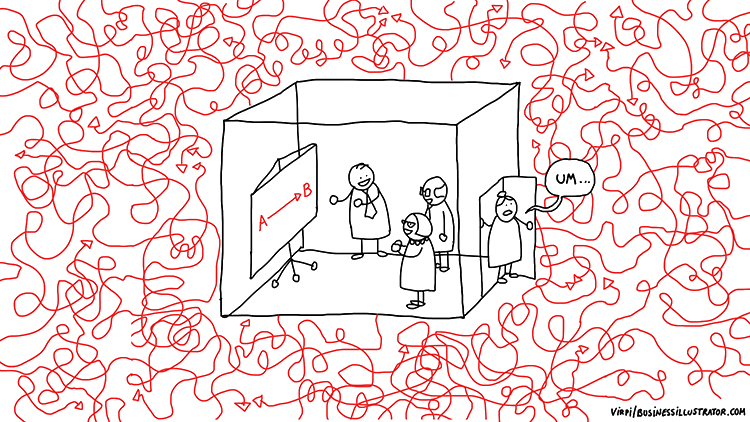
(Artwork by Virpi Oinonen)
Conclusion
Answer
I suggest that it is the aim of science to find satisfactory explanations, of whatever strikes us as being in need of explanation.
This study, using what is arguably one of the largest datasets on chronotype, found no evidence supporting the latitude hypothesis in humans.
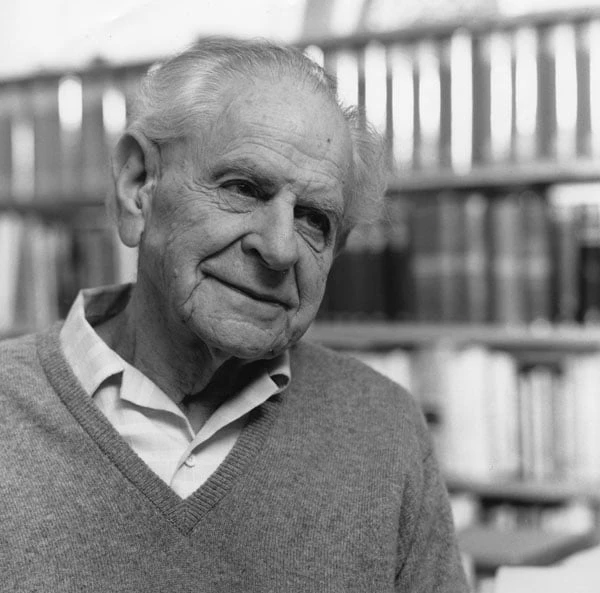
(Quote reproduced from Popper (1972/1979, p. 193). Photo by an unknown author.)
Closing remarks
This thesis was presented to the School of Arts, Sciences and Humanities (EACH) at the University of São Paulo (USP) as a requirement for the degree of Master of Science by the Graduate Program in Complex Systems Modeling (PPGSCX).
I am deeply grateful to my advisor, Prof. Dr. Camilo Rodrigues Neto, for introducing me to complexity science in 2012, guiding my dissertation with patience, and demonstrating remarkable integrity in navigating a challenging supervisory transition.
Closing remarks
The presentation was created using the Quarto publishing system. All analyses presented are fully reproducible and were conducted using the R programming language.
To explore the code and repository for this thesis, click here. The research compendium is also accessible via The Open Science Framework by clicking here.
Financial support was provided by the Coordination for the Improvement of Higher Education Personnel (CAPES) (Grant number: 88887.703720/2022-00).
References
In accordance with the American Psychological Association (APA) Style, 7th edition.
Thank you!
Appendices
(AP) Mimosa Pudica

(Reproduced from Nobel Prize Outreach AB (n.d.))
(AP) Entrainment
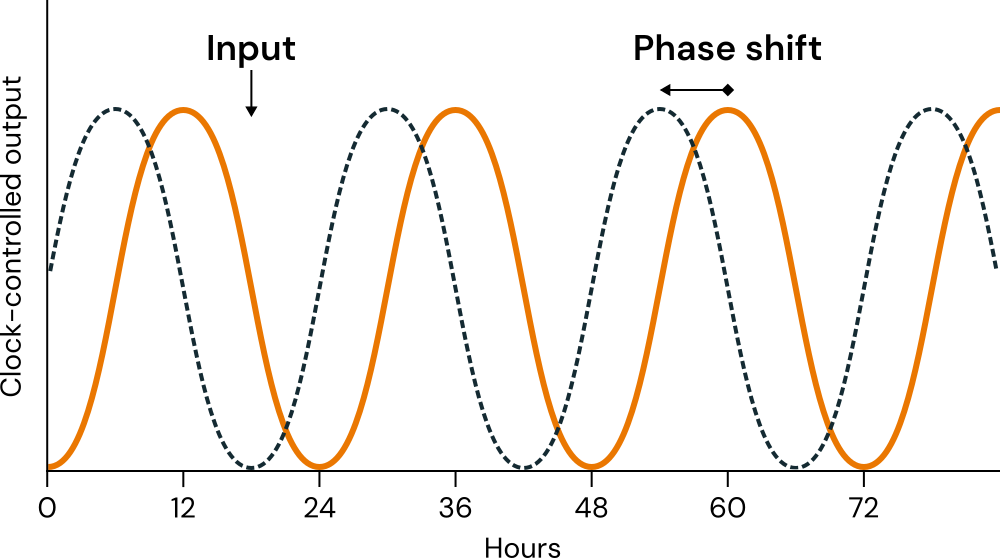
(Adapted by the author from Kuhlman et al. (2018, Figure 2B))
(AP) Emergence
Stable macroscopic patterns arising from local interaction of agents (Epstein, 1999).
When the aggregate exhibits properties not attained by summation (Holland, 2014).



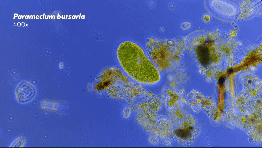
(Artworks by Kurzgesagt – In a Nutshell, Quanta Magazine, and Journey to the Microcosmos)
(AP) Emergence
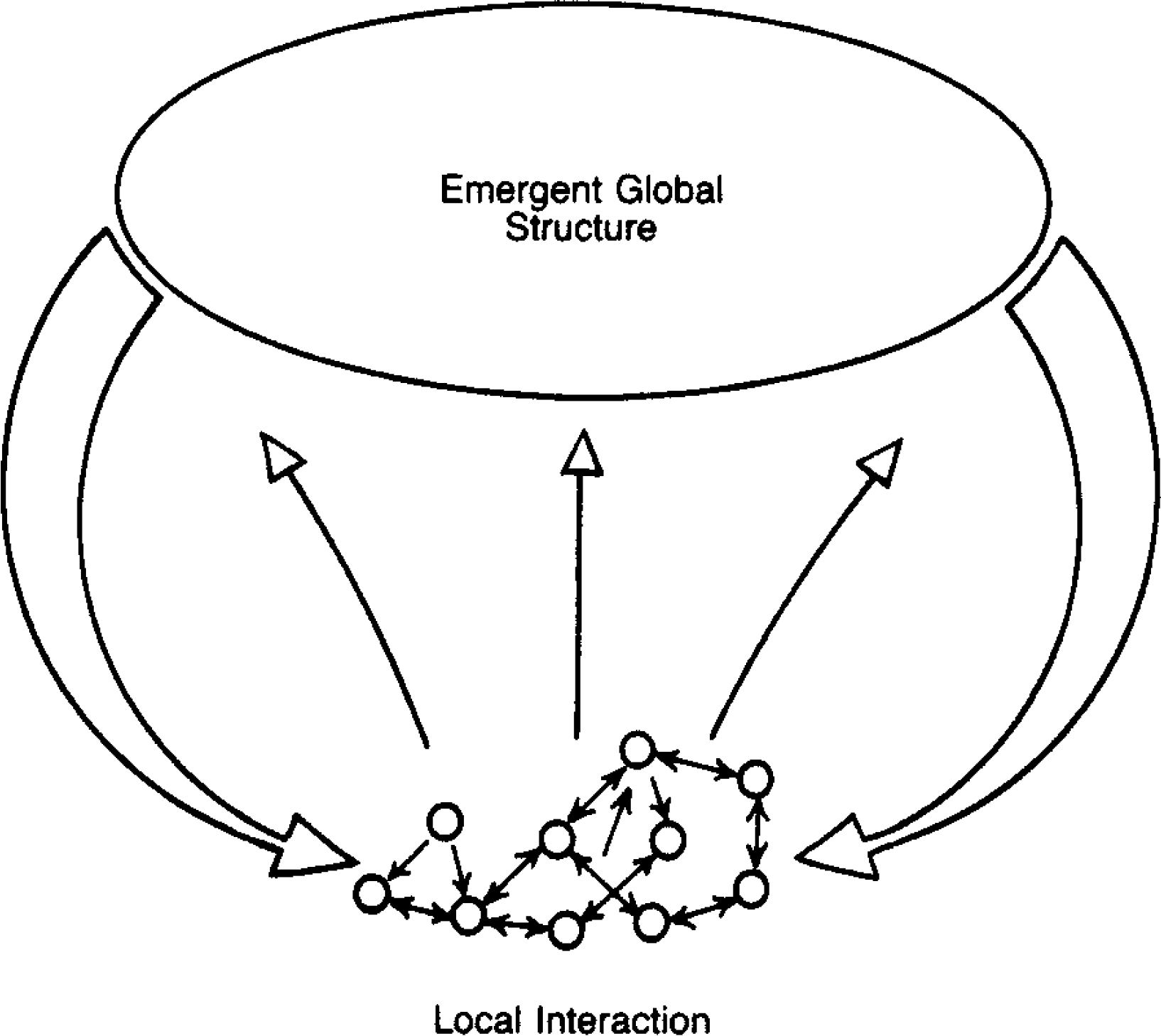
(Reproduced from Lewin (1993, Figure 1))
(AP) Emergence
An aggregate behavior emerges from the interactions of the parts (CAS) (Holland, 2012).
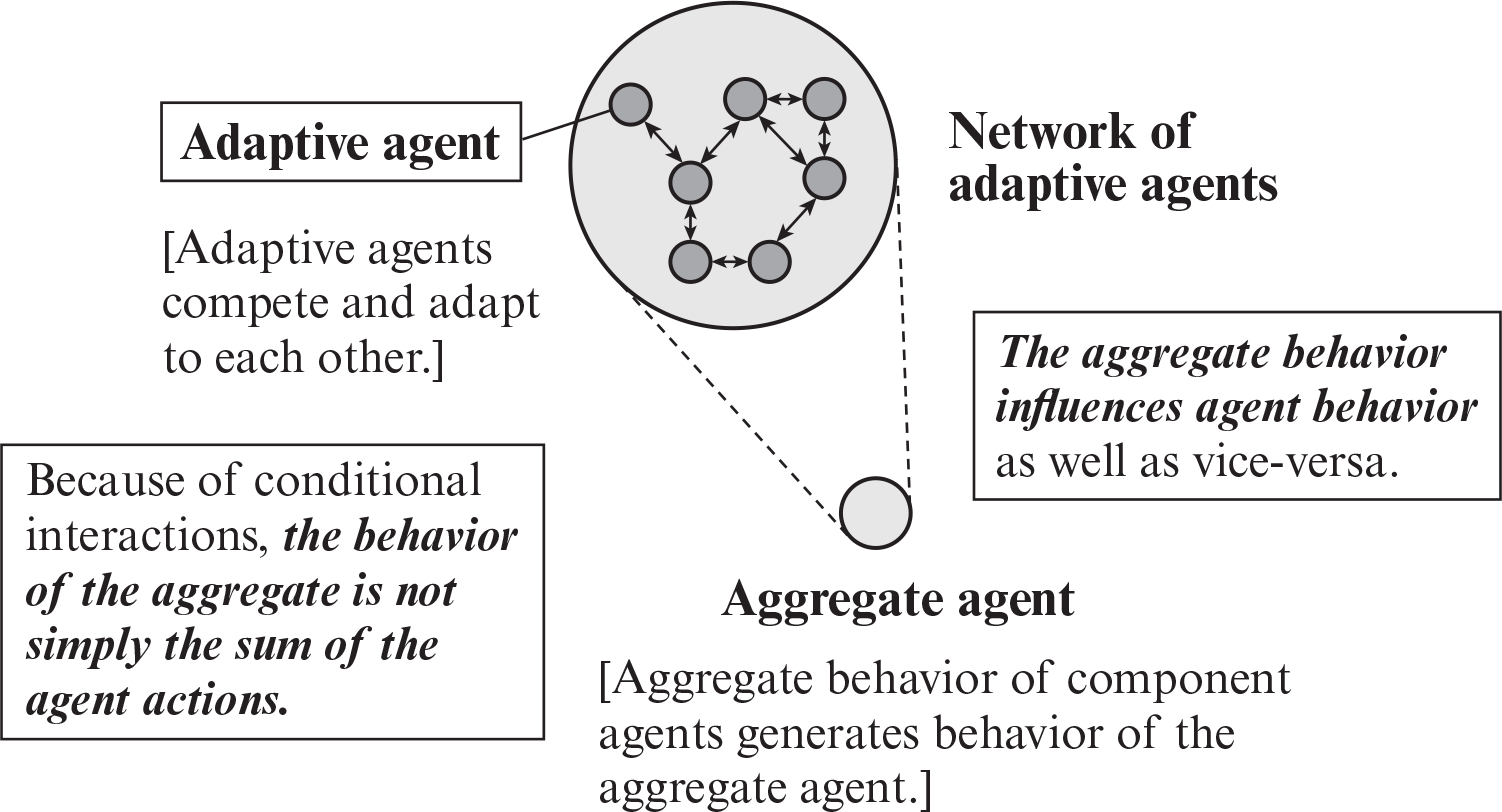
(Reproduced from Holland (2012, Figure 1.1))
(AP) Earth’s Rotation Axis
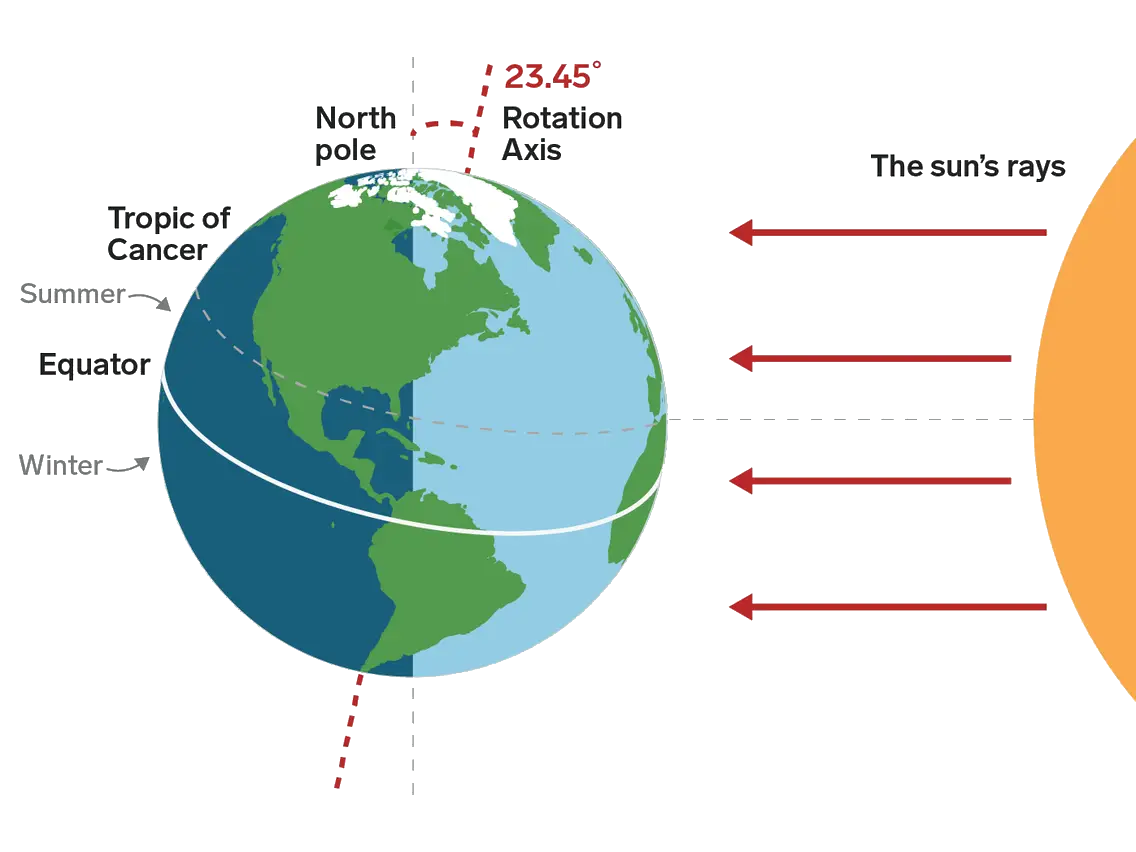
(Artwork by an unknown author)
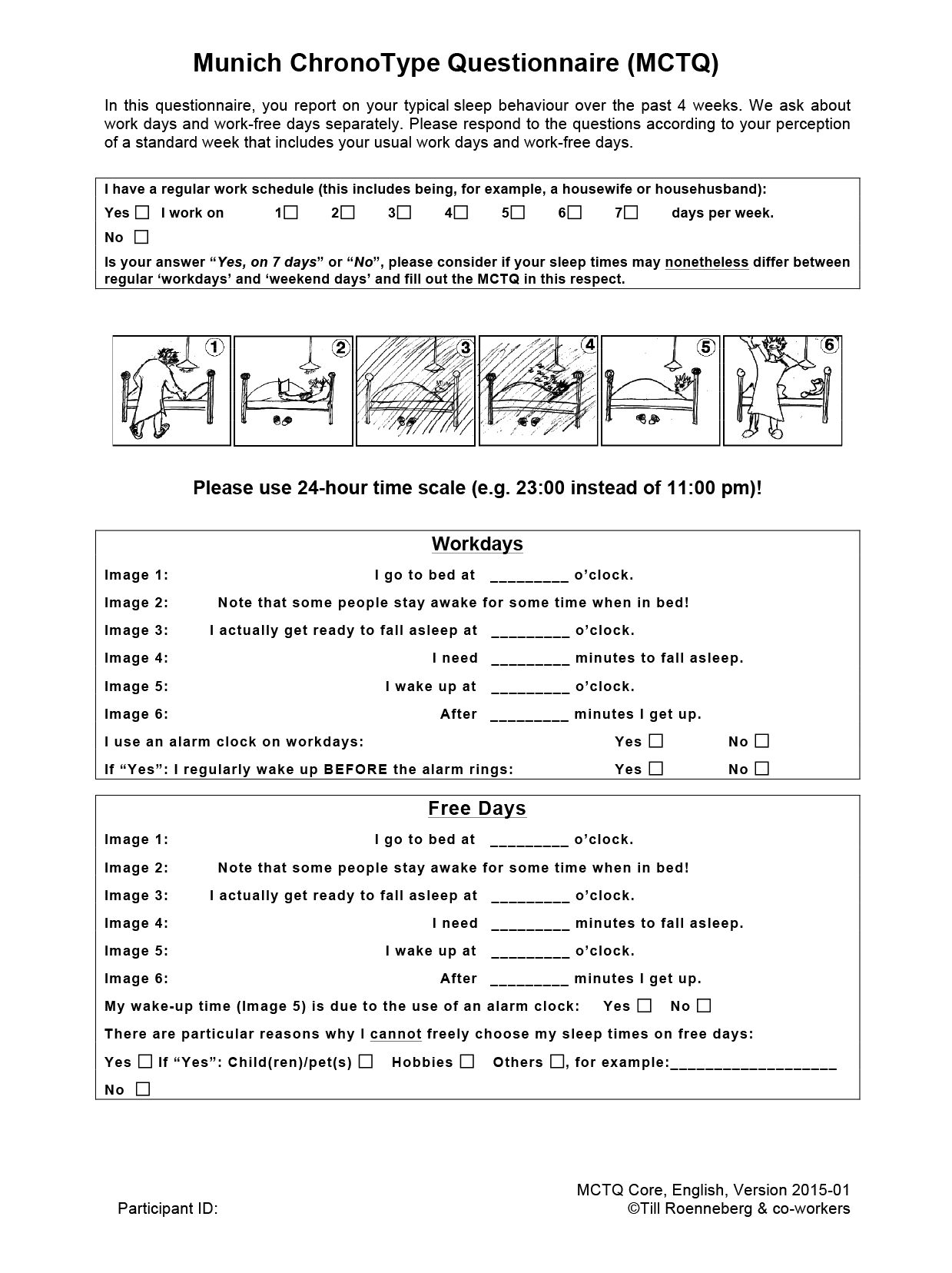
(Reproduced from The Worldwide Experimental Platform (n.d.))
(AP) Corr. Matrix

(Created by the author)
(AP) Chronotype Comparison
Brazil

Europe
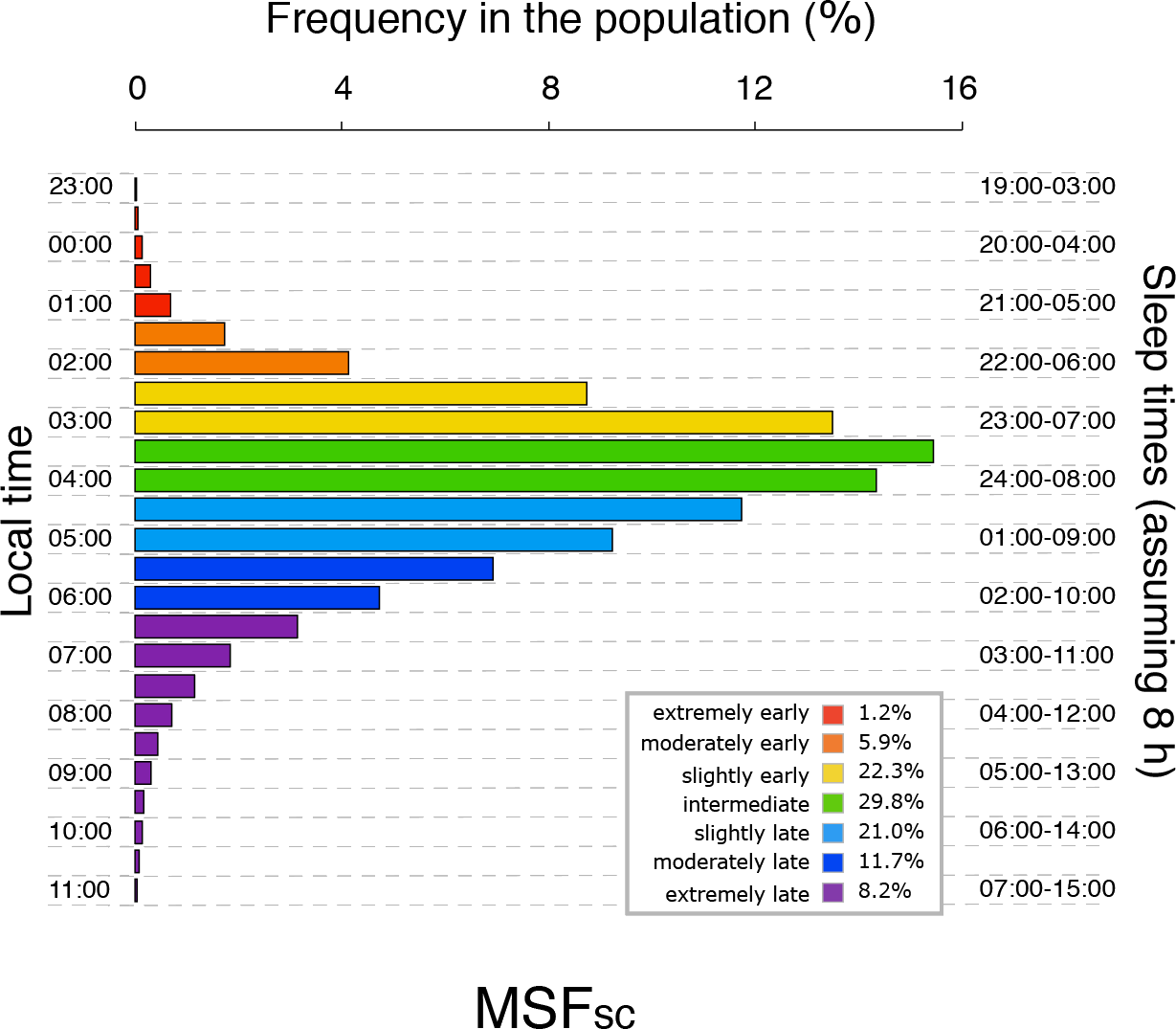
(Created by the author (Left) and reproduced from Roenneberg et al. (2019, Figure 1) (Right))
(AP) Age versus Chronotype
Brazil

Europe
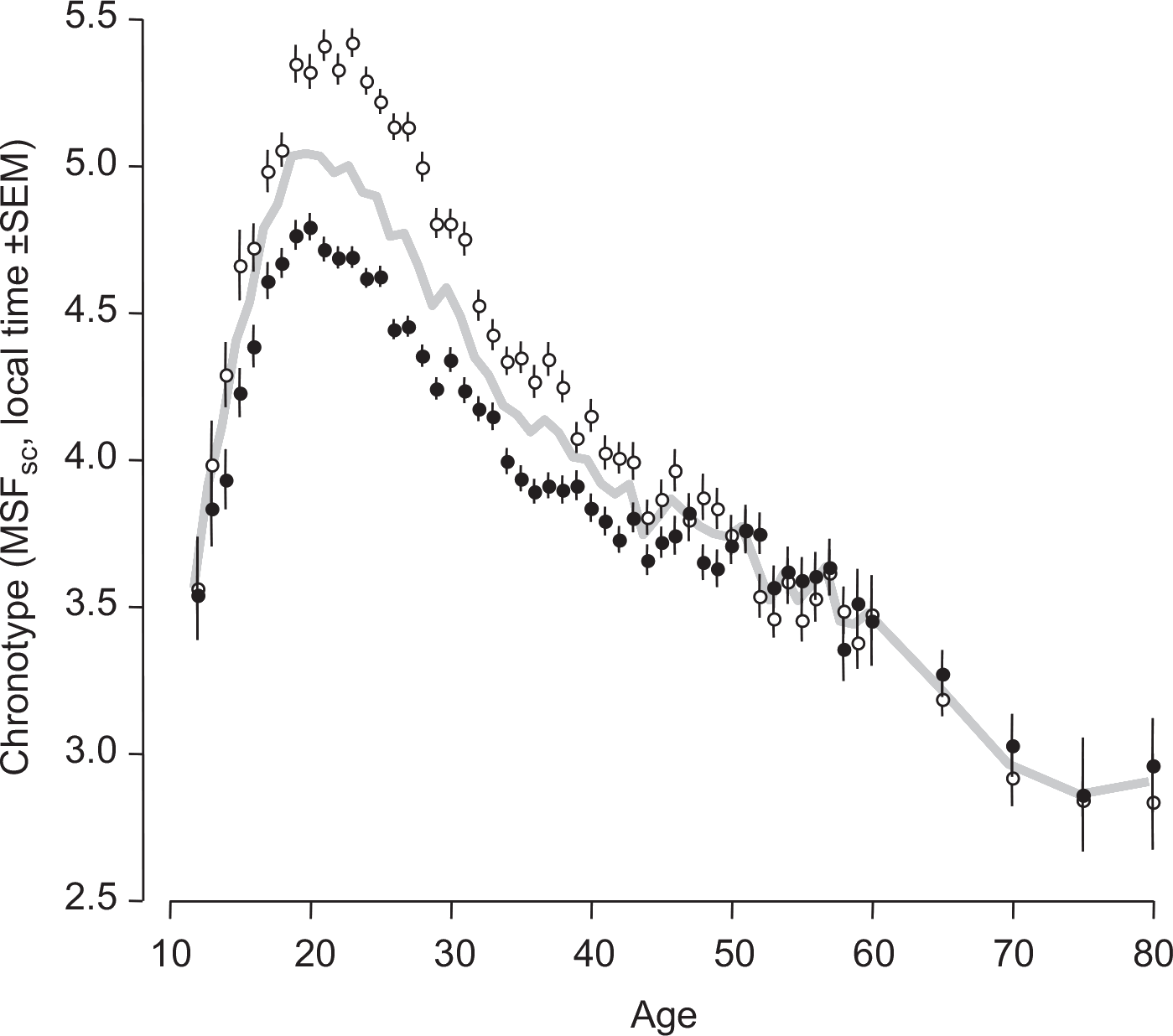
(Created by the author (Left) and reproduced from Roenneberg et al. (2007, Figure 4) (Right))
(Created by the author, based on a data visualization from Roenneberg et al. (2007, Right Figure))
(AP) Chronotype Geo. Dist.

(Created by the author. The color scale is bounded by the first and third quartiles.)
(AP) Chronotype Geo. Dist.

(Created by the author)
(AP) Cohen’s Benchmarks
| Test | Relevant Effect Size |
Effect Size Classes
|
||
|---|---|---|---|---|
| Small | Medium | Large | ||
| Comparison of independent means | \(d\), \(\Delta\), Hedges’ \(g\) | 0.20 | 0.50 | 0.80 |
| Comparison of two correlations | \(q\) | 0.10 | 0.30 | 0.50 |
| Difference between proportions | Cohen’s \(g\) | 0.05 | 0.15 | 0.25 |
| Correlation | \(r\) | 0.10 | 0.30 | 0.50 |
| \(r^{2}\) | 0.01 | 0.09 | 0.25 | |
| Crosstabulation | \(w\), \(\varphi\), \(V\), \(C\) | 0.10 | 0.30 | 0.50 |
| ANOVA | \(f\) | 0.10 | 0.25 | 0.40 |
| \(\eta^{2}\) | 0.01 | 0.06 | 0.14 | |
| Multiple regression | \(R^{2}\) | 0.02 | 0.13 | 0.26 |
| \(f^{2}\) | 0.02 | 0.15 | 0.35 | |
| Notes: The rationale for most of these benchmarks can be found in Cohen (1988) at the following pages: Cohen’s \(d\) (p. 40), \(q\) (p. 115), Cohen’s \(g\) (pp. 147–149), \(r\) and \(r^{2}\) (pp. 79–80), Cohen’s \(w\) (pp. 224–227), \(f\) and \(\eta^{2}\) (pp. 285–287), \(R^{2}\) and \(f^{2}\) (pp. 413–414). | ||||
(AP) Directions for Fut. Research
WorldClim 2.1 in NetLogo (NetLogo/Scala-Java).
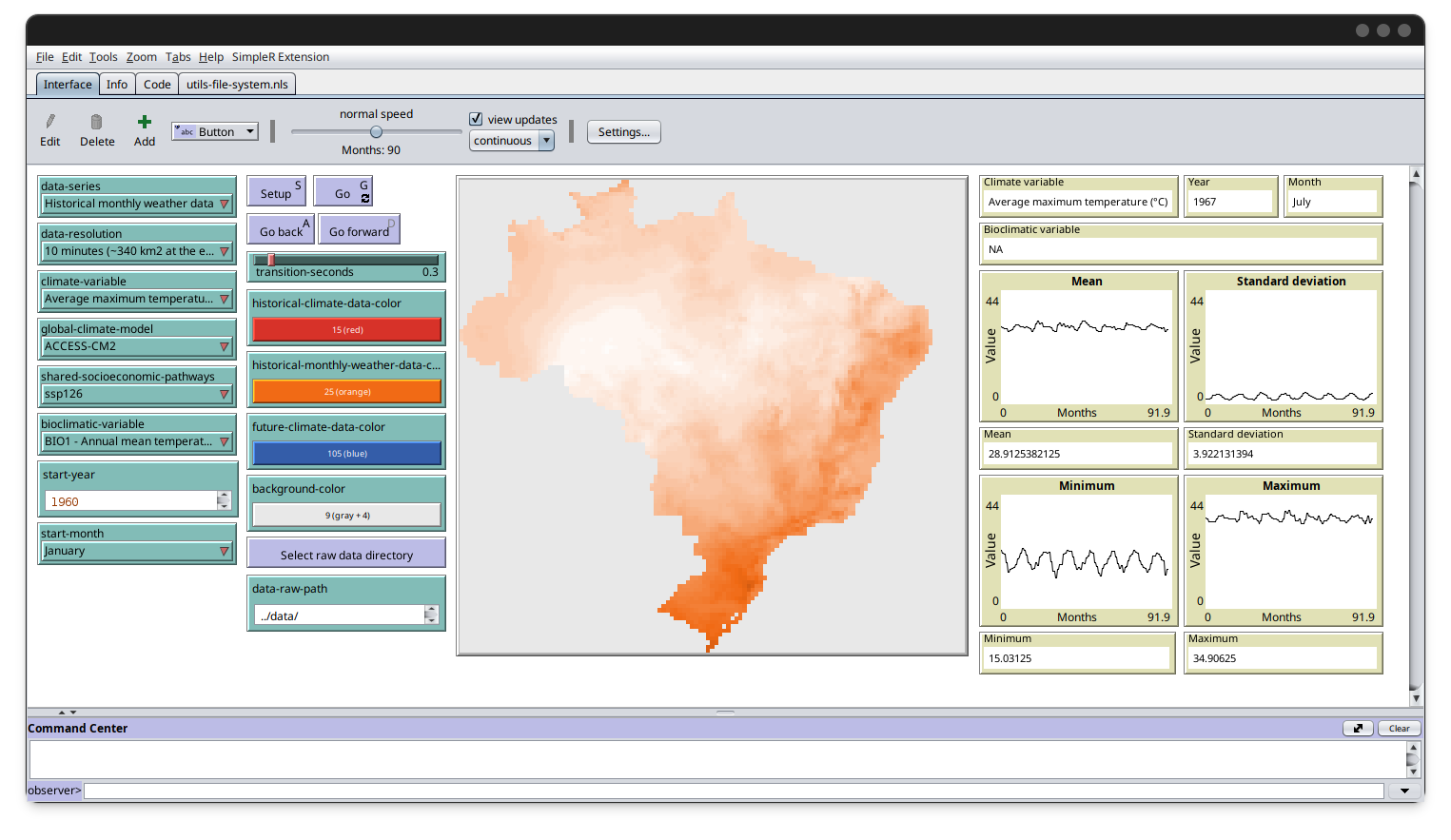
(Reproduced from Vartanian et al. (2025, Unpublished))
(AP) Popper’s Hypothetico-Deductive Method
The activity can be represented by a general schema of problem- solving by the method of imaginative conjectures and criticism, or, as I have often called it, by the method of conjecture and refutation. The schema (in its simplest form) is this:
flowchart LR A(P1) --> B(TT) B --> C(EE) C --> D(P2)
flowchart LR A(P) --> B(TT) B --> C(EE) C --> A
(Reproduced from Popper (1972/1979, p. 164))
(AP) Popper’s Hypothetico-Deductive Method
Here \(\text{P}_1\), is the problem from which we start, \(\text{TT}\) (the ‘tentative theory’) is the imaginative conjectural solution which we first reach, for example our first tentative interpretation. \(\text{EE}\) (‘error- elimination’) consists of a severe critical examination of our conjecture, our tentative interpretation: it consists, for example, of the critical use of documentary evidence and, if we have at this early stage more than one conjecture at our disposal, it will also consist of a critical discussion and comparative evaluation of the competing conjectures. \(\text{P}_2\) is the problem situation as it emerges from our first critical attempt to solve our problems. It leads up to our second attempt (and so on).
flowchart LR A(P1) --> B(TT) B --> C(EE) C --> D(P2)
(Reproduced from Popper (1972/1979, p. 164))
(AP) Popper’s Hypothetico-Deductive Method
The history of ideas teaches us very clearly that ideas emerge in logical or, if the term is preferred, in dialectical contexts. My various schemata such as
flowchart LR A(P1) --> B(TT) B --> C(EE) C --> D(P2)
may indeed be looked upon as improvements and rationalizations of the Hegelian dialectical schema: they are rationalizations because they operate entirely within the classical logical organon of rational criticism, which is based upon the so-called law of contradiction; that is to say, upon the demand that contradictions, whenever we discover them, must be eliminated. Critical error-elimination on the scientific level proceeds by way of a conscious search for contradictions.
(Reproduced from Popper (1972/1979, p. 297))
(AP) Popper Against Positivism (or the Problem of Induction)
Notre activité intellectuelle est suffisamment excitée par le pur espoir de découvrir les lois des phénomènes, par le simple désir de confirmer ou d’infirmer une théorie. […] la philosophie positive est le véritable état définitif de l’intelligence humaine […] (Comte, 1892, pp. 9–10).
Why post-positivist?
- Anti-inductivist (deduction, satisfactory answers).
- Anti-verificationist (falsifiability as demarcation criterion).
- Anti-historicist (rebuttable presumptions).
(AP) Popper Against Positivism (or the Problem of Induction)
But I shall certainly admit a system as empirical or scientific only if it is capable of being tested by experience. These considerations suggest that not the verifiability but the falsifiability of a system is to be taken as a criterion of demarcation. In other words: I shall not require of a scientific system that it shall be capable of being singled out, once and for all, in a positive sense; but I shall require that its logical form shall be such that it can be singled out, by means of empirical tests, in a negative sense: it must be possible for an empirical scientific system to be refuted by experience.
(Reproduced from Popper (1934/2005))
(AP) Popper Against Positivism (or the Problem of Induction)
Everybody knows nowadays that logical positivism is dead. But nobody seems to suspect that there may be a question to be asked here—the question “Who is responsible?” or, rather, the question “Who has done it?”. (Passmore’s excellent historical article does not raise this question.) I fear that I must admit responsibility.
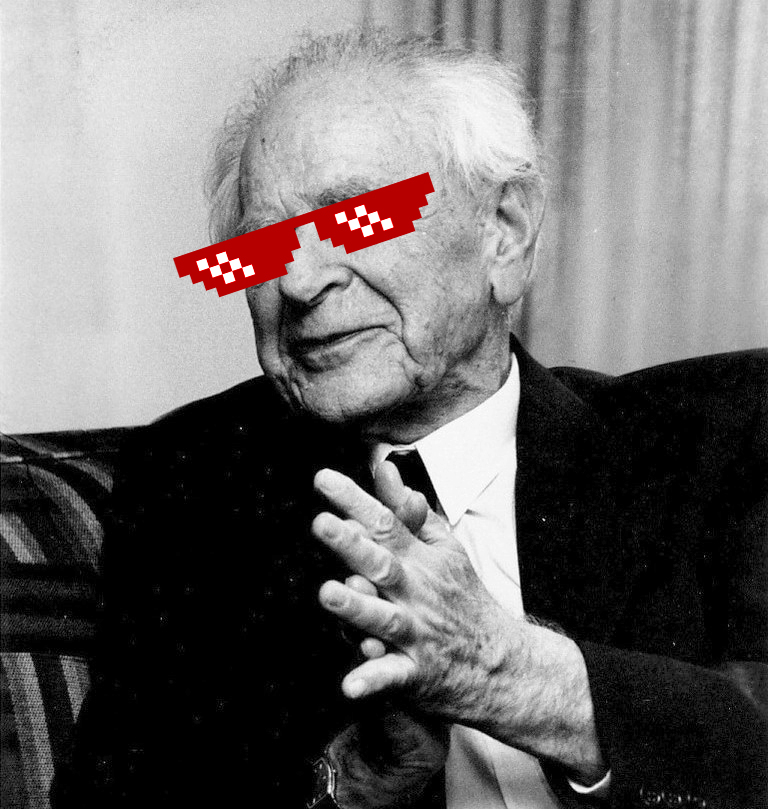
(Reproduced from Popper (1974/2005))
(AP) The 7 Conclusions of Popper on Science
- It is easy to obtain confirmations, or verifications, for nearly every theory—if we look for confirmations.
- Confirmations should count only if they are the result of risky predictions; that is to say, if, unenlightened by the theory in question, we should have expected an event which was incompatible with the theory—an event which would have refuted the theory.
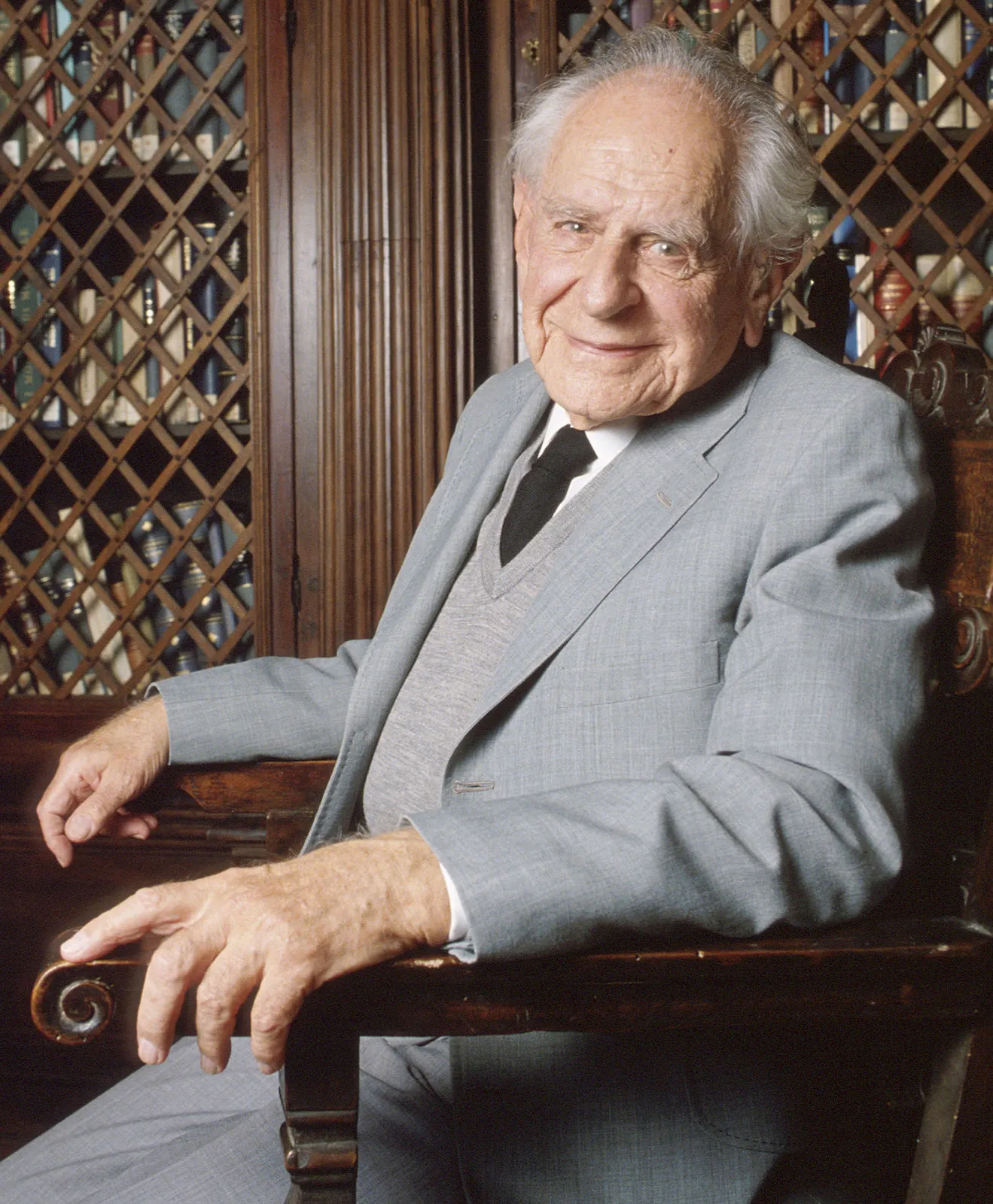
(Reproduced from Popper (1963/2002))
(AP) The 7 Conclusions of Popper on Science
- Every ‘good’ scientific theory is a prohibition: it forbids certain things to happen. The more a theory forbids, the better it is.
- A theory which is not refutable by any conceivable event is nonscientific. Irrefutability is not a virtue of a theory (as people often think) but a vice.

(Reproduced from Popper (1963/2002))
(AP) The 7 Conclusions of Popper on Science
- Every genuine test of a theory is an attempt to falsify it, or to refute it. Testability is falsifiability; but there are degrees of testability: some theories are more testable, more exposed to refutation, than others; they take, as it were, greater risks.
- Confirming evidence should not count except when it is the result of a genuine test of the theory; and this means that it can be presented as a serious but unsuccessful attempt to falsify the theory. (I now speak in such cases of ‘corroborating evidence’).

(Reproduced from Popper (1963/2002))
(AP) The 7 Conclusions of Popper on Science
- Some genuinely testable theories, when found to be false, are still upheld by their admirers—for example by introducing ad hoc some auxiliary assumption, or by re-interpreting the theory ad hoc in such a way that it escapes refutation. Such a procedure is always possible, but it rescues the theory from refutation only at the price of destroying, or at least lowering, its scientific status. (I later described such a rescuing operation as a ‘conventionalist twist’ or a ‘conventionalist stratagem’).

(Reproduced from Popper (1963/2002))
(AP) The 7 Conclusions of Popper on Science
One can sum up all this by saying that the criterion of the scientific status of a theory is its falsifiability, or refutability, or testability.

(Reproduced from Popper (1963/2002))
